A journal for storytelling, arguments, and discovery through tangential conversations.
Tuesday, October 15, 2024
|
Petra Bibeau
In 2018 José Freire of Team Gallery announced through Artnet that he was “quitting art fairs” citing the corporatization of the art world. Degrowth, as it has been proposed to western markets and production is a clear plan, it’s the psychology that cripples its application in a growth-based society.
Over the past year multiple significant New York galleries that have been in business for over 10 years have announced closures. These announcements come via social media as clients, dealers, and artists all take part in adding a “thank you”, broken heart emoji, or a preemptive “looking forward to the next chapter”.

Tuesday, October 8, 2024
|
C.M. Crockford
The aftereffects of violent deeds – abuse, genocide, sexual assault, extractions of labour, property, and resources – travel through time and space. Neuroepigenetics researcher Isabelle Mansuy suggests, “adverse extreme experiences in childhood can modify the body so much that it can have imprints or traces even in reproductive cells.” These acts burrow inside human DNA strands, and our descendants may never escape their echoes. When it comes to music, chord progressions, notes, and melodies linger as well, finding their way back into the current moment, as if to confirm Carlo Rovelli’s observation of Newton’s laws: “there is no distinction between past and future.” The notion of history as a single linear progression, where post-Enlightenment thinking liberates the modern human from dull, bloody violence and “savagery,” is a grim joke, and one thing modern art does is serve as a counter-argument to this subtle, unacceptable tyranny.
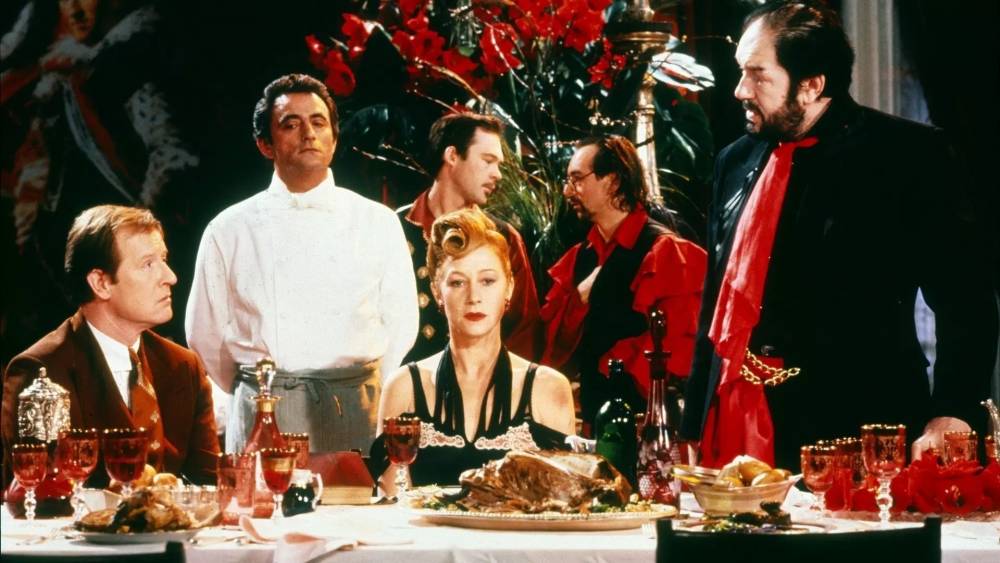
Wednesday, October 2, 2024
|
Georgia Phillips-Amos
In the YouTube caption to her music video “Stick of Gum,” the Palestinian-Canadian recording artist Nemahsis (Nemah Hasan) tells her audience it’s a love song: “what more can I care for than where I come from and who I come from?” The tempo of the song and video builds gradually. The opening frame is an intimate scene of the musician sitting beside an older female relative on a balcony in Jericho. As the camera pulls back, a web of laundry lines on the roof comes into view, and Hasan joins in taking down the socks and dish towels.
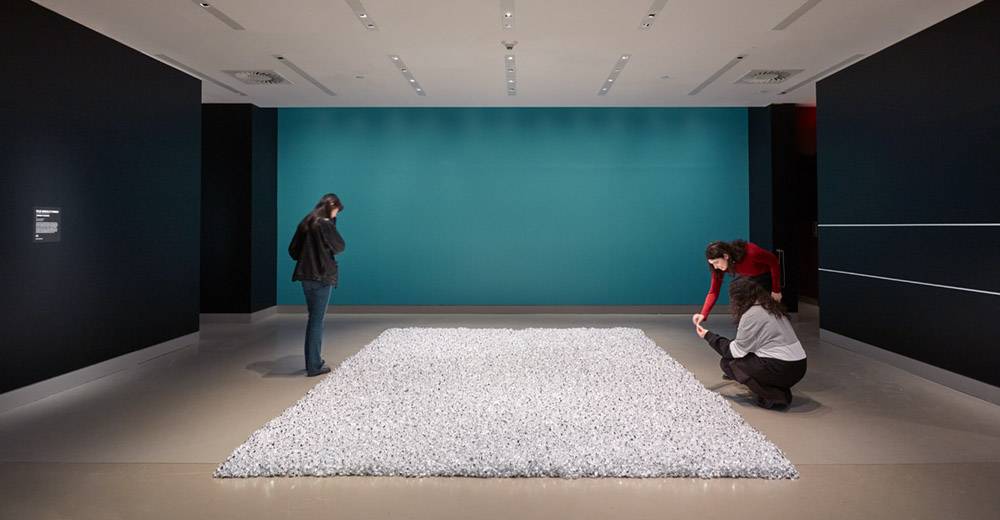
Thursday, September 26, 2024
|
Tammer El-Sheikh
The Belleville Club at 210 Pinnacle St. is closed, but I’m two weeks late for S’s celebration of life here anyway. I found a dive bar around the corner to sit down and get this started. There’s a small pile of thick dust beside my tall glass of Coke, but the spill on the first table I tried was still tacky, so I think I made the right choice. I wonder if S was ever here. I wonder how many times he walked across one of Belleville’s old bridges or posted up underneath them for teenage misadventures. He grew up in this town, and he’s probably buried here too. Had I arrived on time I would know, but I’m bad at this. I’m not sure how to mourn, but my attempt is permitted at this table.
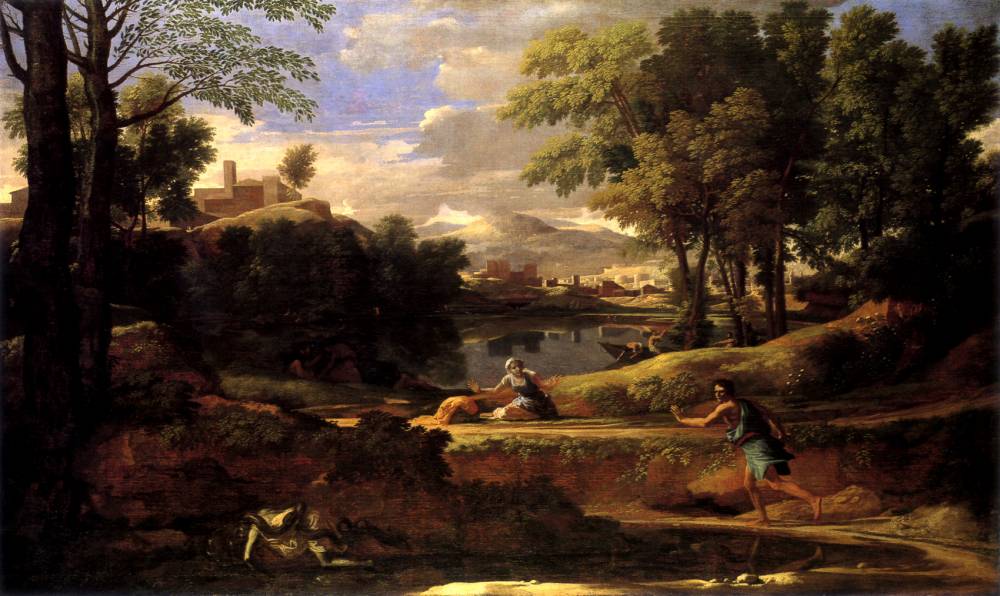
Sunday, September 22, 2024
|
Keli Safia Maksud
Since moving to New York a few years ago, my mornings have become about keeping time or being on time. I wake up at 6:00am, go to the gym at 7:00am, get back home at 8:00am, shower at 8:10am, drink a cup of coffee 8:30am, get ready at 8:45am, and leave my apartment at 9:15am. I walk the same route each morning turning left once I am out the house, then a slight right at the end of the road and then left again where I finally arrive at the subway station ten minutes later. These walks to the subway station are mindless, a kind of muscle memory that moves my body from my apartment to the train. Even on the days when I am running late, my body drives into autopilot picking up my walking pace so I can make it on time. Yet, each year around spring, my time keeping is disrupted by what often seems like a sudden appearance of a rosebush in full bloom. Suddenly time slows down as I stop to look at these roses, to witness this rebirth. Without fail, I always attempt to take a picture of these roses – an attempt that’s filled up my camera roll over the years – and then I stare at them in awe for a few minutes before moving on. As I walk away, I wonder how I don’t remember anything about my walks to the station or even this street that I’ve walked down for the past months up until this moment when the earth feels like it’s coming back to life again.
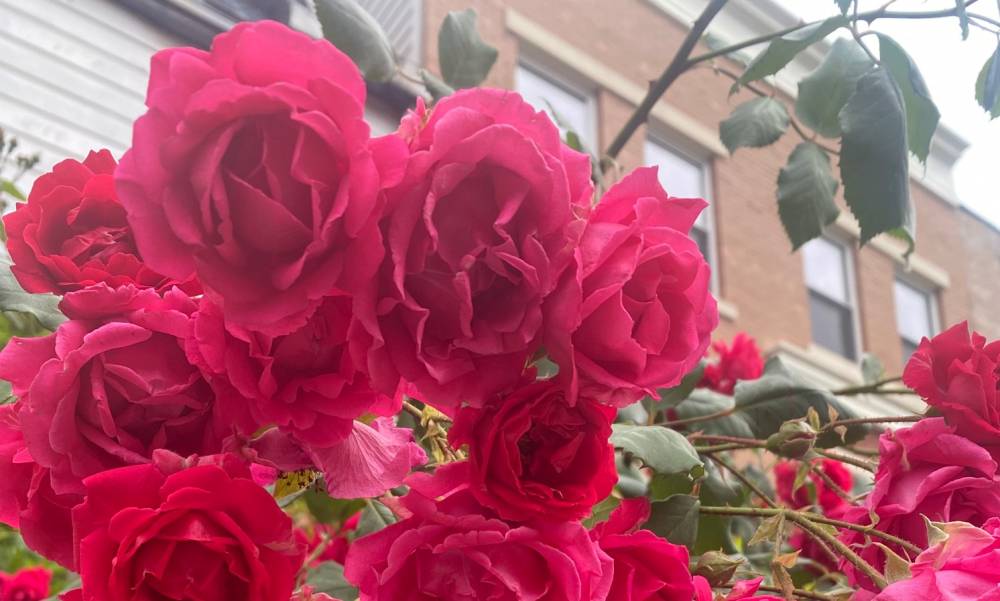
Wednesday, September 18, 2024
|
Will Buckingham
“The body decays, the mind follows it,” Zhuangzi said. “Can you deny this is a great sorrow? This is how human life is: is it always this bewildering?”
The word Zhuangzi uses for “bewildering” is máng. The character — 芒 — represents the awn of a head of grass. It is the hazy bristle, the beard you find on a stalk of barley. I think of a field of barley shimmering in the breeze, the air becomes indistinct. I think of how you can’t see the precise boundaries where the barley stops and the air begins. There is fuzz, confusion, softness.
Life is máng, and death, too, is máng. Both stages of life are profusion and complexity, entanglement and mess; both bewilderment and blur, like the awn at the end of a stalk of barley. How can you tell where the joins are?
And if, as Zhuangzi says, there is great sorrow here, the sorrow is not that of despair. It is closer to uncertainty, a puzzlement in the face of the fact that life and death are so damned hard to pin down. Zhuangzi, contemplating life and death, asks: “How is it only me who is bewildered?” Then he pushes his perplexity further still, asking, “Are there any others who are not bewildered?”
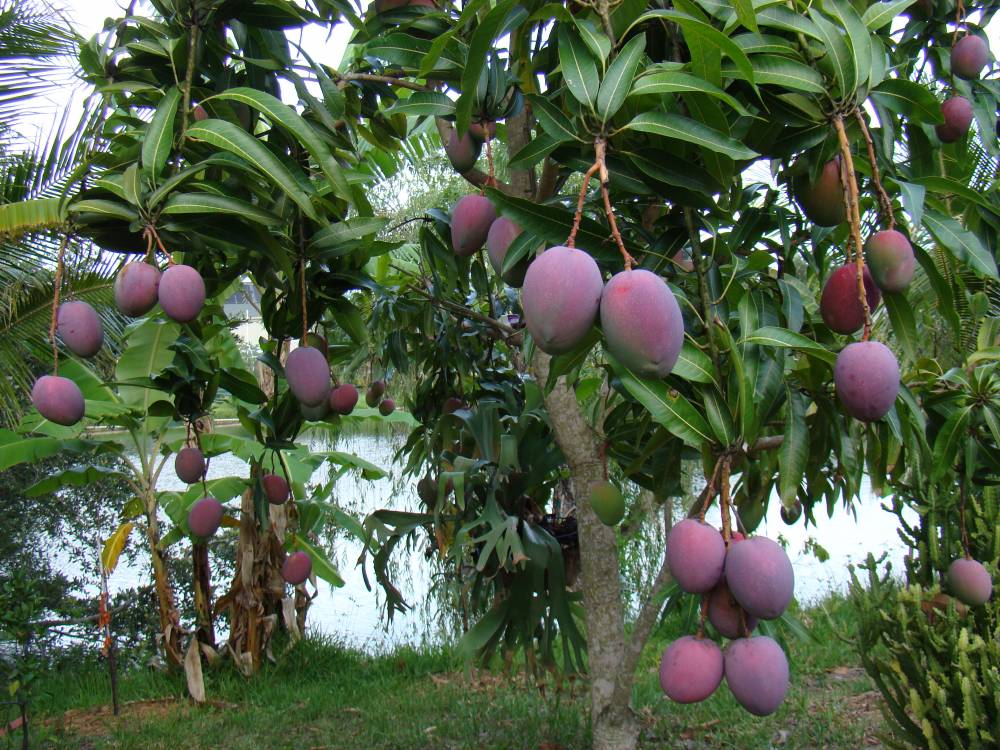
Thursday, September 12, 2024
|
Alana Traficante
Summer last year artist Simon Fuh built a custom speaker stack, made one failed attempt, and then a successful one, moving the speakers out to the banks of Toronto’s urban ravine system for an all-night rave. The rave was to follow in the lineage of a series of studio parties he threw in his hometown, Regina, in 2019, and SUGARLOAF, a party he organized under the Bloor Viaduct in Toronto, with Pumice Raft in 2022. The night of the first attempt, following an infamous rainout, he and friends moved the speakers back to his shared studio in The PATH—an underground pedestrian walkway that links towers in Toronto’s financial district and various downtown tourist attractions—and instead, a dozen friends came by for a spontaneous party.
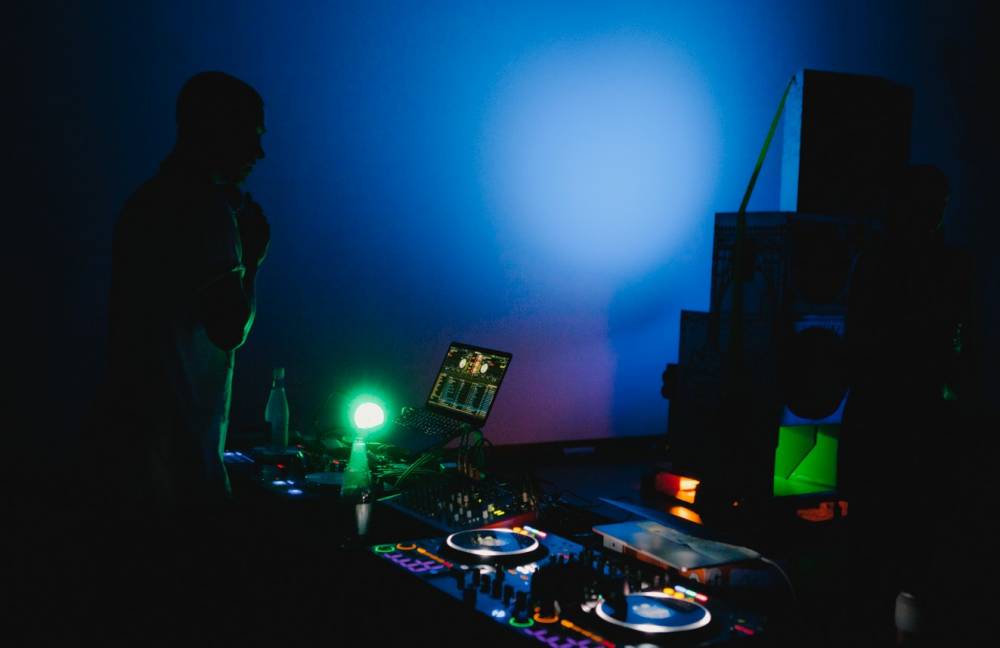
Tuesday, September 10, 2024
|
Katherine Williams
“Almost all things beckon us to feeling, and turnings send wind-messages,” wrote poet Rainer Maria Rilke. “Who tallies what we do? Draws us away from the old abandoned years?”
To tally––in other words, to compute––is a particularly finite act. It precludes being, produces mere information, and deals in the discrete and the objective. It processes those former years, that “everything,” as an object of data and deduction. What we do, however, is quite un-computable; it is those old abandoned years that we remember, at once a collection and a collecting, a process in flux rather than a stable object. It is a past and a present, or a present attendance to the past. In this, it bears much resemblance to an archive. When we turn to the images and inscriptions that the archive preserves, there remains a sense of semantic openness––these murmurings of ephemera seem to hint at their own significance. However, an expansive archive is bound when subject to this dutiful tallying. The “everything” is indexed in eternal storage, unable to be forgotten––to compute and catalogue is to tame it. Perhaps there are alternative ways of being with the archive that gesture toward something beyond registration, reference, and historicity.
Courtney Stephens is not a computer. Her films resemble a more oblique notion of histories and presences, of pieces and wholes. Working between nonfiction and experimental forms, her work follows threads of geography, memory, and other mediations; archival footage often leads the inquiry

Thursday, September 5, 2024
|
Maude Johnson
Everyone has a different perspective and tolerance to workload. My vision of the art world has changed over the ten years I’ve been contributing to it. While it has a lot of positive aspects (or else I wouldn’t work in this field), I feel like it is based on idealized beliefs and unhealthy work ethics. If you’re employed by an institution, you’re expected to work full-time and visit exhibitions/attend openings in the evenings or weekends. There isn’t a lot of flexibility in terms of schedule and the pay rarely makes it possible to work part-time. I always had a good work capacity, but it led to a lot of stress layered in my body. I wasn’t very aware of the consequences that this could have on my mental health and in the fall of 2019, after a busy year of work, I burnt out. Five years later, I’m not sure if I fully recovered from it.
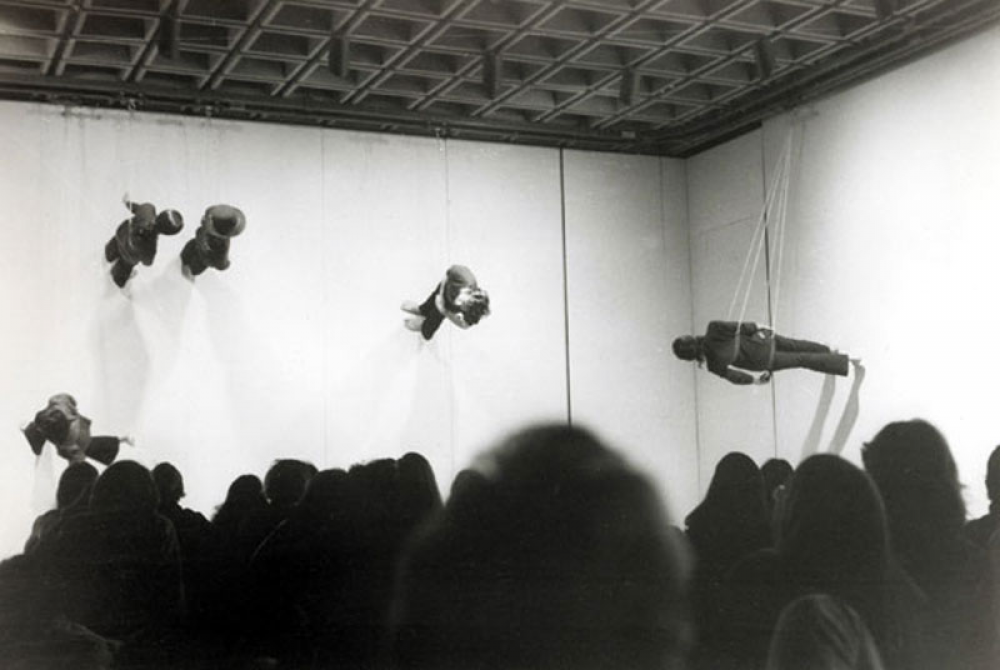
Wednesday, August 28, 2024
|
Nic Wilson
I know a lot of things about Audie Murray. I’m not sure how much of it is relevant to her art practice. I know her brother works on trucks in his spare time and I know what high school she went to. She has told me about her dreams. I know her child’s name and how she takes her coffee. I know how her kitchen is arranged and what is in the fridge: Babybel cheese, firm tofu, and at least three varieties of berries. She told me that when she is depressed and the idea of cooking food is unimaginable, she eats cubes of tofu with nutritional yeast. It is also one of her son’s favourite things to have for lunch. I often wonder how much I can know about someone’s art based on being friends with them. Murray grew up on Treaty Four land in oskana kâ-asastêki (also known as Regina, SK). She is a Contemporary Cree-Métis artist with community connections in Lebret and Meadow Lake.
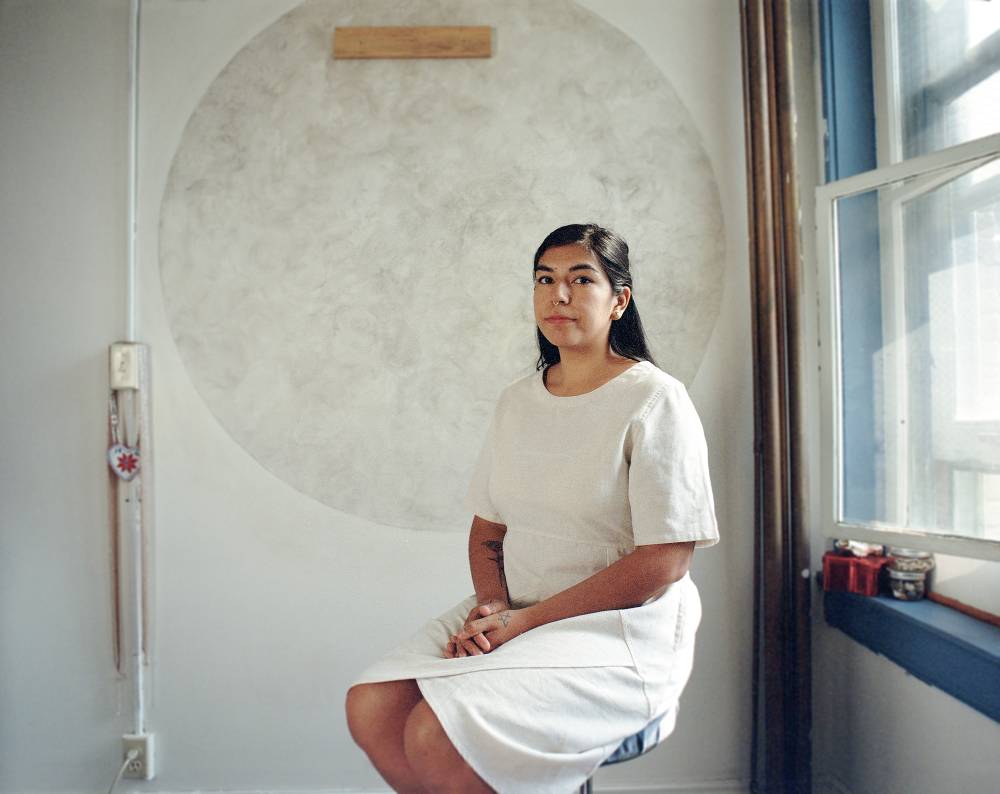
Tuesday, August 20, 2024
|
Pychita Julinanda
In Indonesian, we have an idiom to describe a person like Riksa Afiaty: kecil kecil cabe rawit. Kecil means small. Cabe rawit is a type of chili that really stings. The idiom means to describe a small person who has an astounding energy and capabilities not to be underestimated because of their small figure. Riksa talks for hours during the interview, with almost nothing to be left unmentioned, and could go on for even longer if she didn’t have to run on other errands. I met Riksa for the first time at KUNCI Study Forum & Collective, a place where we often warmly gather. I was visiting Yogyakarta, and for the first time I got to know the people in the city’s arts scene. She hosted me in her house, and that was where the magic happened. She and Theodora Agni, her partner-in-crime, hosted me so well, and they listened well to my concerns when we talked for hours about the contemporary arts scene. I didn’t know how accomplished they both were, and I surely hadn’t known a lot of Riksa’s curatorial track record until I thought I should be in conversation with her.
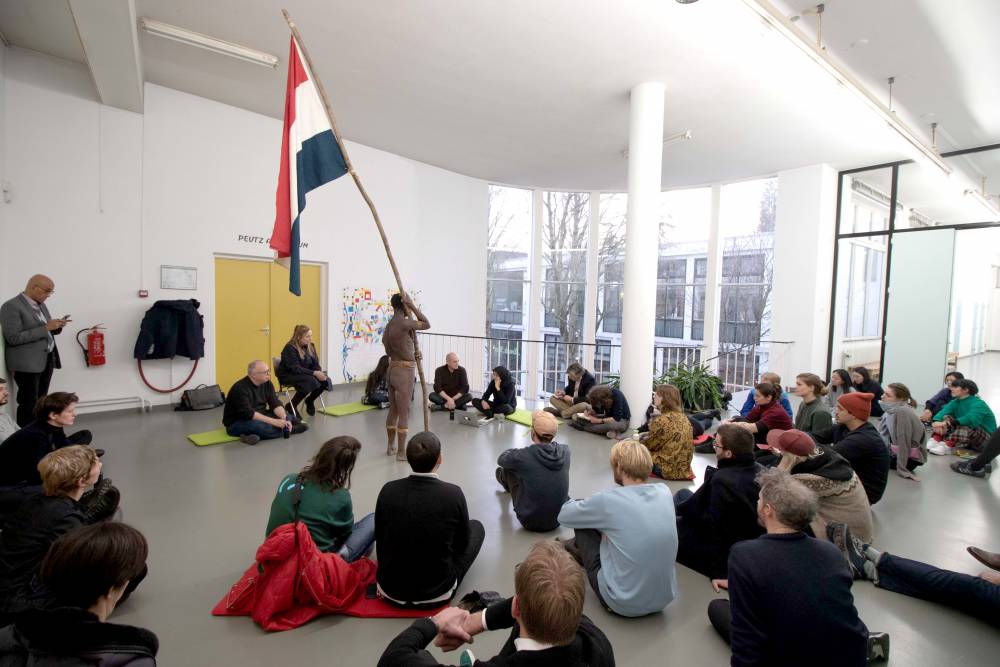
Thursday, August 15, 2024
|
Shazia Hafiz Ramji
I like white paintings, and this gives me anxiety. Kazimir Malevich. Robert Ryman. Michael Buthe. These makers of white paintings are synonymous with high art made by white men in the tradition of minimalism that has come to be regarded as pretentious, elitist, and transcendent. What does it mean for a racialized queer woman like me to like white paintings? I was recently reading the poet Kazim Ali’s new and selected works, Sukun, and was relieved to find that he too likes white paintings, specifically those by Agnes Martin, the Saskatchewan-born, Vancouver-raised, America-educated artist known for her “grids” – large square-shaped canvases primarily featuring horizontal lines.
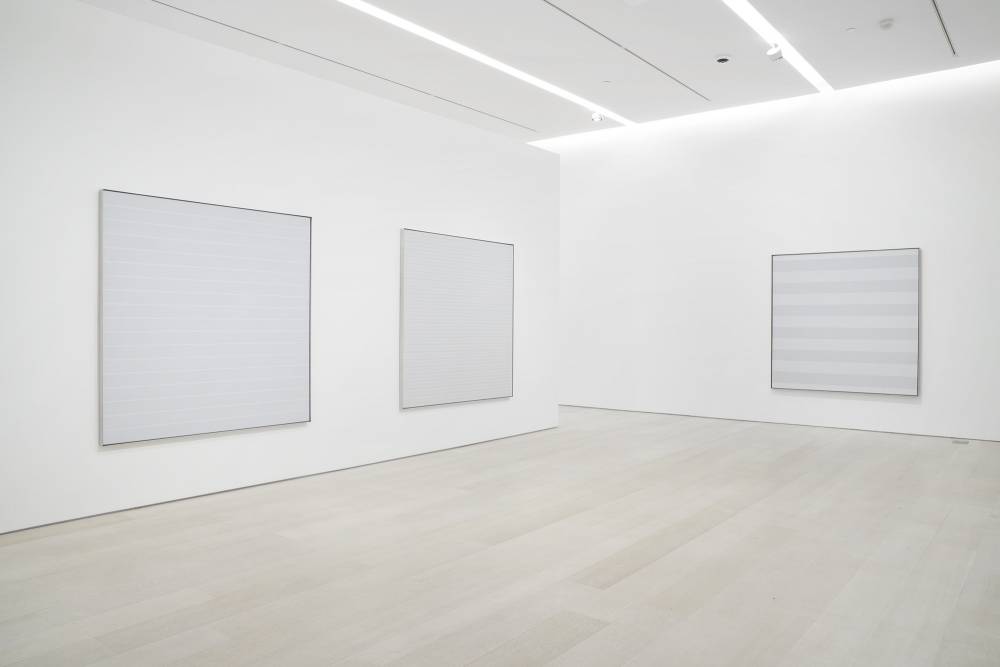
Monday, August 12, 2024
|
Laura Demers
A milky, earthy aftertaste lingers in my mouth. An egg-sized lump of fresh butter sits in the palm of my hand, roughly enveloped in bark and moss and zealously held together by twine. My bundle is ready to be buried in the mire. Hamilton-based artist and curator Maria Simmons creates and nurtures sculptural installations that function as living ecosystems unto themselves. Last January, we had a chance to reconnect during a bog butter workshop and tasting, which Simmons hosted as part of a series of food-based artistic interventions presented by the Creative Food Research Collaboratory. Gathered around simple foods — bread and butter — we sampled the artist’s bog-aged Lactantia® and created our own butter vessels to re-embed in the muskeg come springtime.
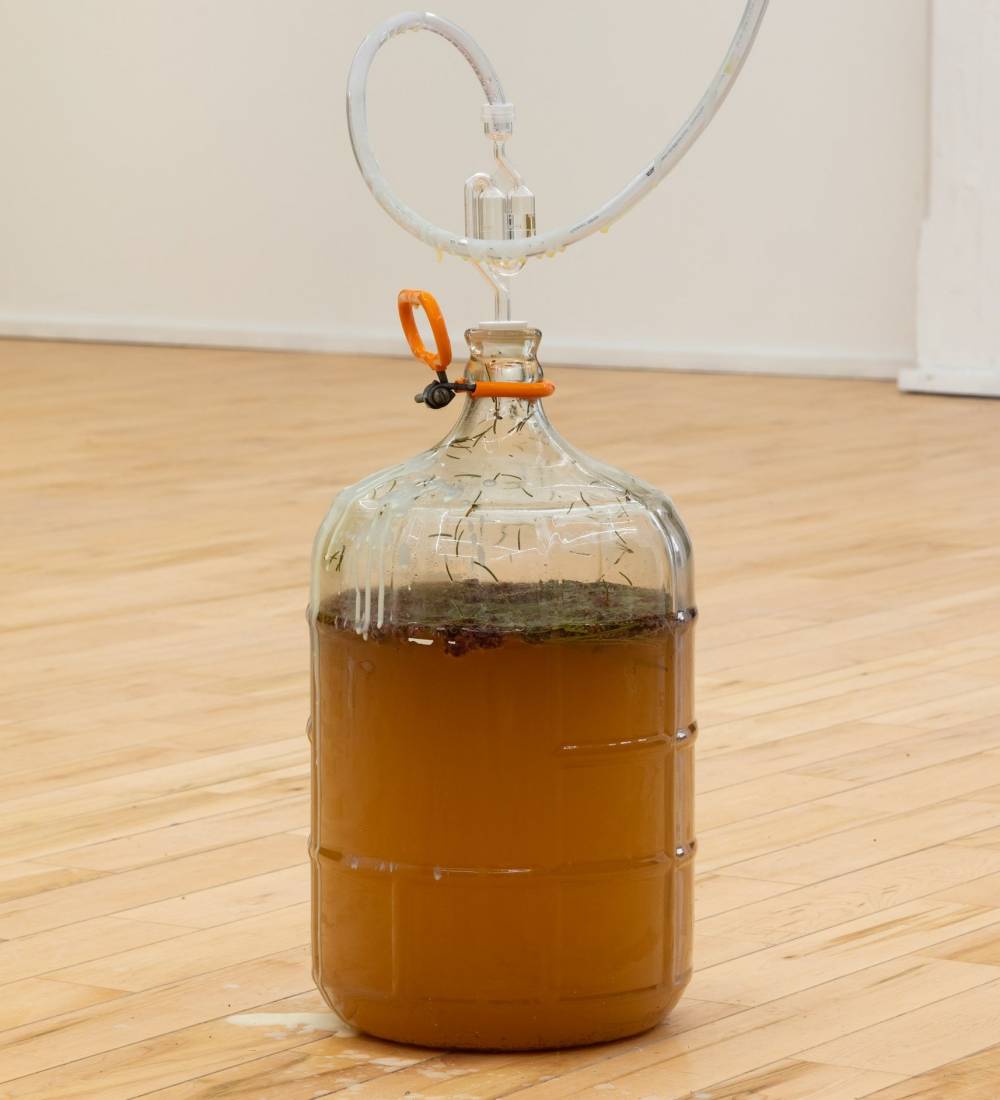
Tuesday, August 6, 2024
|
Ainsley Johnston
Preservation has two meanings: keeping something of value intact, protected, and free from decay, or, alternatively, preparing food for future use by preventing spoiling. To preserve ideas, things, and places is to slow the passing of time to maintain their original state. Preserving food, however, is to transform it. For example, through fermentation, food can be preserved via a metabolic process that generates new products from sugars through the absence of oxygen and the introduction of microbes. Static or active: to embalm or to pickle. The act of preserving spaces and objects is historically that of the embalmer, but, in a zymology of architecture, fermentation transforms them anew. In 2019, I worked in an architectural archive, where sketch models, material experiments, drawings, furniture prototypes, books, and artworks lined three floors of wood and acrylic vitrines: a wunderkammer of “waste products” of the architectural process. Inoperable windows and blinds were permanently drawn. I envisioned the contents of the archive fermenting, ideas and concepts transforming as people extracted new possibilities from the leftovers of architectural thinking.
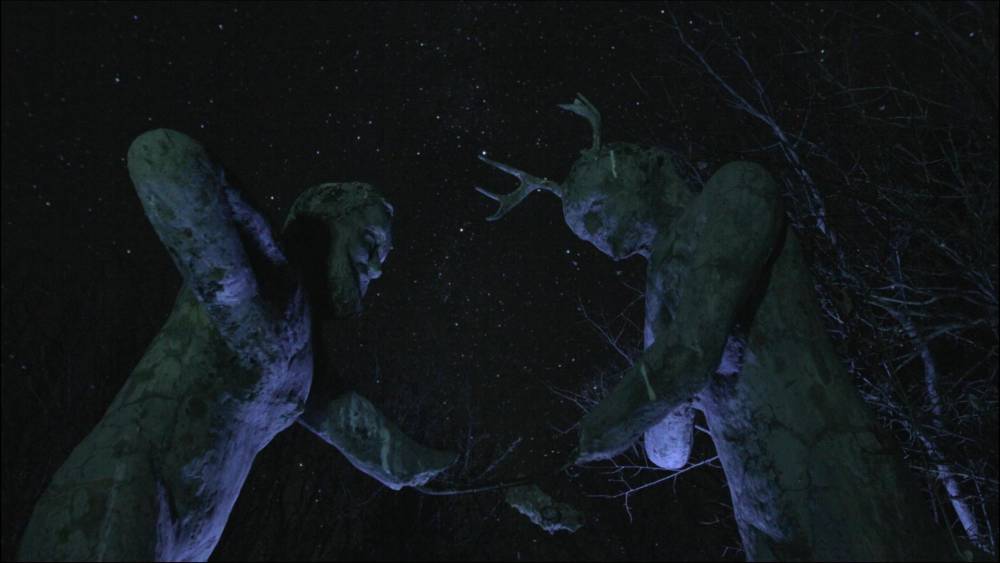
Wednesday, July 31, 2024
|
Gabrielle Willms
Owen Toews’s debut novel Island Falls (2023) is hard to describe. Half tale of unfolding friendship, half clinical report of a segregated mill town in the Canadian prairies, the enigmatic text plays with genre and form, raising questions about how space is produced and contested. The result is both charming and unsettling. Characters wrestle with how to respond to the violent structures that surround them and never really figure it out. In the end, we’re left to ponder the thorny relationship between trying to make sense of things and actually creating something better. Overall, the effect is galvanizing. Toews invites the reader to join him in the murk by asking timely political questions without prescribing answers.
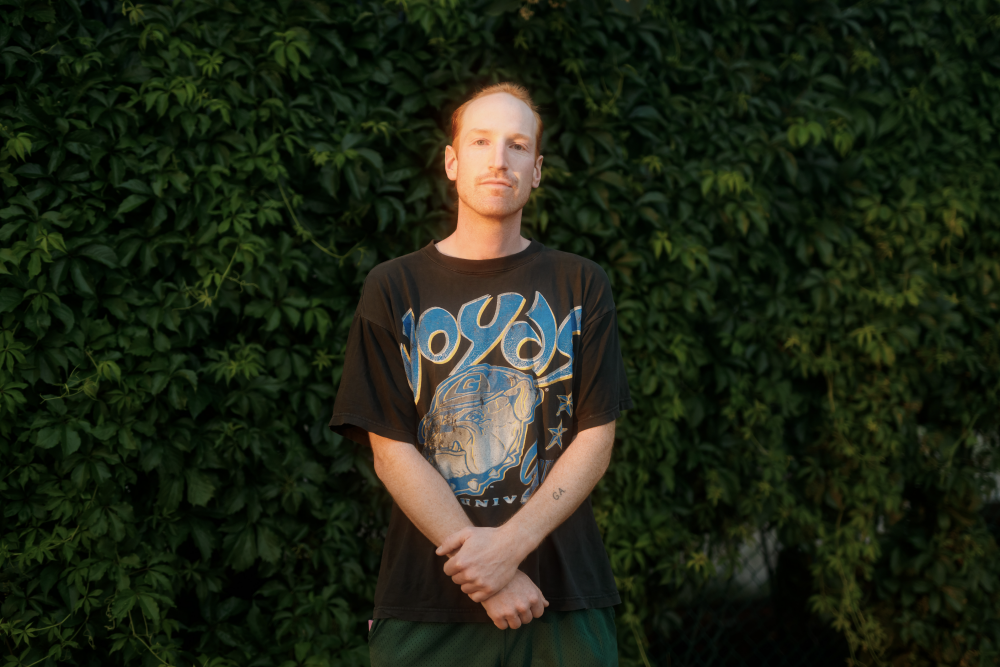
Wednesday, July 24, 2024
|
Chigbo Arthur Anyaduba
If there’s ever such a thing as a national character, Nigeria’s must certainly and unarguably be the bombast. To describe it in Nigerian: the bombast is that figure of ostentatiousness, affected magniloquence, a la-di-da of pomposity, full of jaw-breaking verbism and mouth-tearing prolixism. This figure by its manner and act is the victorious hero in a drama of the excess. Be it in its language use, its gestures, its carriage, its aura, its gastronomic exertions, its gait, and so forth, it’s all about immoderation—that surplus of sound and act. Bombasticism is the protagonist of just about any facet of the Nigerian society—politics, economics, religion, popular culture, education—a reason I believe it’s become the quintessential Nigerian character: at least of the contemporary time.
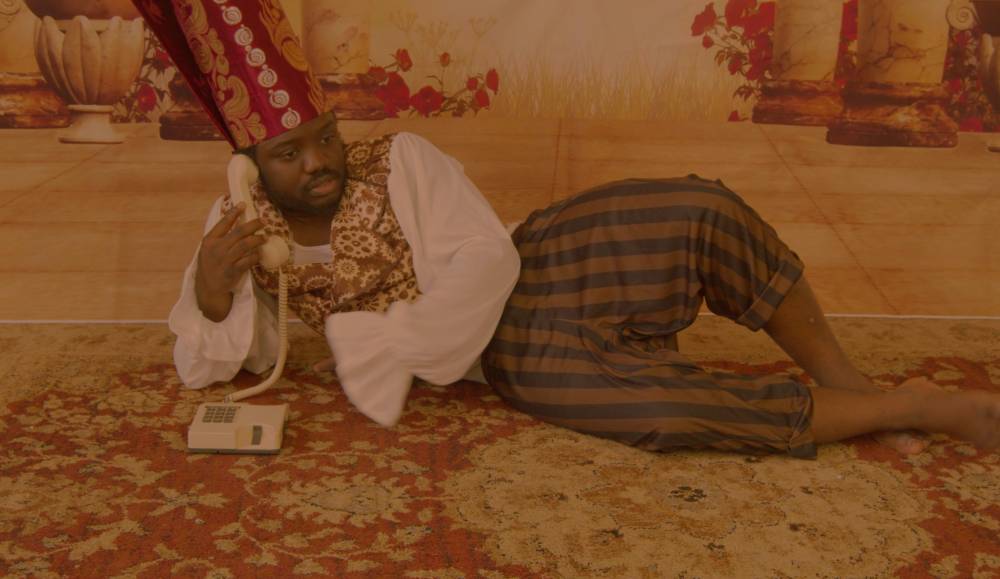
Tuesday, July 16, 2024
|
Su-Ying Lee
Amy Ching-Yan Lam and I look over the menus at a packed cha chaan teng (Hong Kong-style diner) in Markham, a suburb of Toronto. In the background are sounds of clattering dishware and Cantonese conversations. People are crowded into the small entryway as they eagerly await a table, glancing at diners who might be finishing up their meals. The energy in here is frenetic, but not unpleasant. Lam speaks Cantonese. I don’t. In this setting, the language conveys ease and maybe belonging, but is not required for ordering our midday meal. Descriptions of the dishes are written in Traditional Chinese (as it would be in Hong Kong) and in English (as it sometimes would be in the former British colony). Customers are guided by numbered pictures. The plastic-coated menu presents us with glossy photos of classics like pineapple bun sandwiches, baked meat and cheese casseroles served over rice, and instant noodles with a list of add-ins—the original fusion foods.
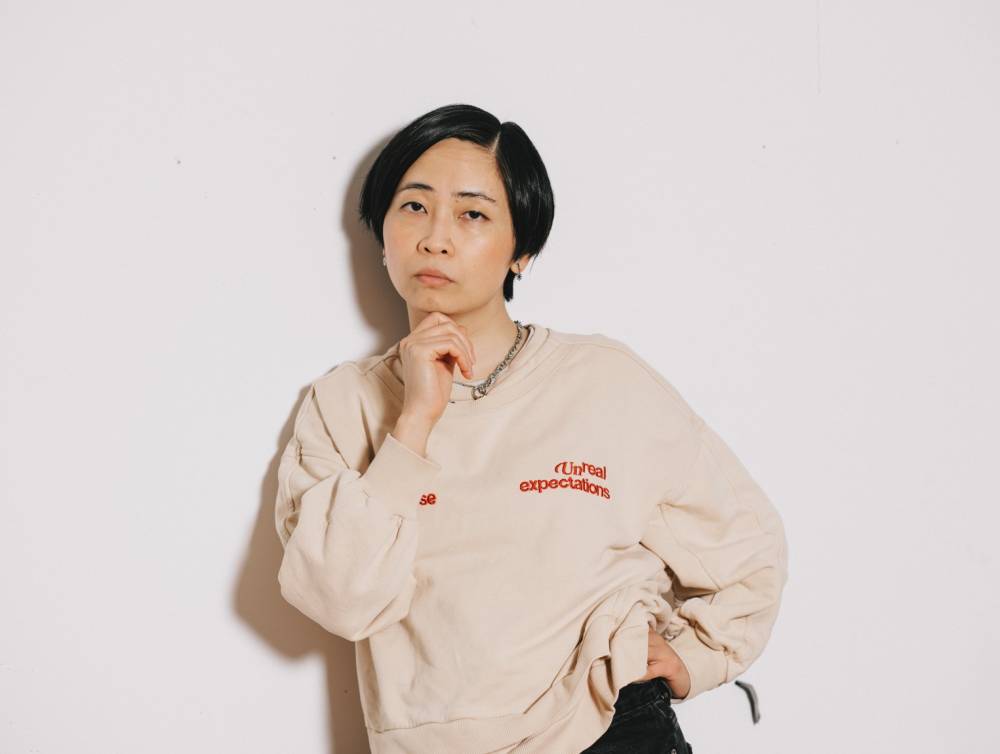
Thursday, July 11, 2024
|
Kaya Noteboom
Fungi are everywhere. I’m not the first to say it, but I want to be the last. In February, Triple Canopy published a series of essays surveying the ongoing proliferation of fungi-inspired culture. Mushrooms, with their pleasing color palettes and subtly salacious shapes, have been made into plushie toys, decorative patterns for dish towels and puzzles, and vibey graphic tees. Mushrooms, specifically the reproductive fruiting bodies of fungi that we can see protruding from soil or downed trees, are predictably easy to aestheticize. There are other parts such as mycelium that are aestheticized too but in different ways. These fine fungal threads are similar to roots forming networks underground that are largely out of sight. Unlike their squidgy counterparts, mycelial networks can’t be rendered into cutesy anthropomorphic characters. Instead, they’re more susceptible to conceptual aestheticization through language, social sciences, philosophy, and critical theory. Rather than make fungi appear more human as representations of mushrooms are prone to, mycelial aesthetics achieve the opposite.
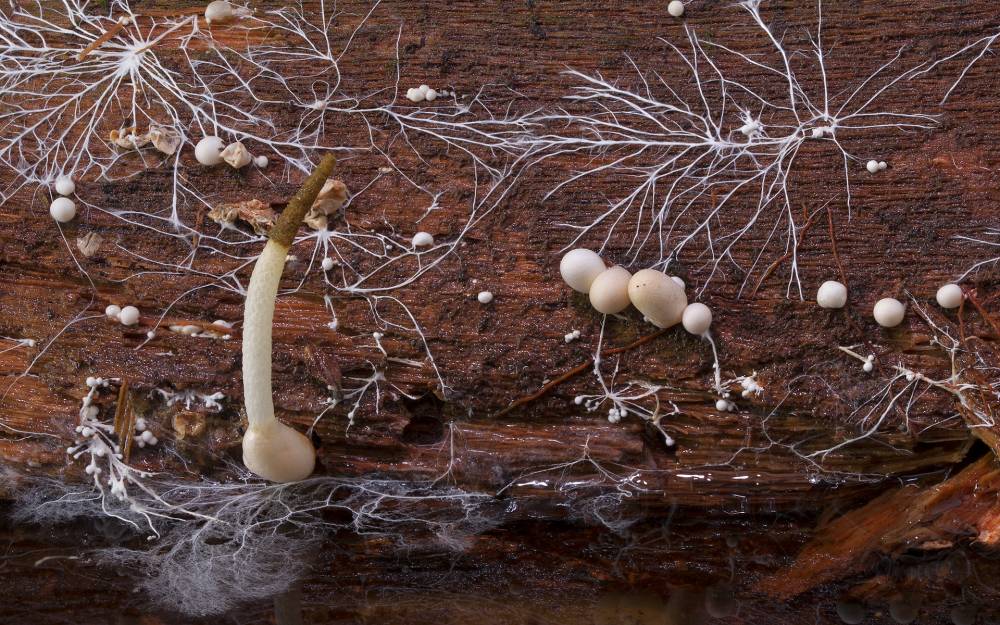
Monday, July 8, 2024
|
Lindsay Inglis
M.E. Sparks is an artist and educator based in Winnipeg, Manitoba, Treaty 1 Territory. Born in Kenora, Ontario, Sparks completed her MFA from Emily Carr University and her BFA from NSCAD University. She has received numerous awards and grants for her work from the Canada Council for the Arts and the BC Arts Council, among others, has been involved in several international residency programs, and has exhibited internationally.
Sparks’s practice is deeply rooted in the history of painting. As an art historian, I was eager to speak to her about her influences and how the past continues to inform the present. My interests as a historian are primarily rooted around the birth of modernism, just as Spark’s often takes inspiration from modernism. In preparation for this conversation, I read through exhibition texts, interviews, and watched old panels where Sparks spoke about her work. Throughout this research, one thing in particular stood out to me: she was very well-spoken and could clearly articulate the thought process behind her work as well as her perspectives on the world around her. With this in mind and our overlapping interests, I was both nervous and excited to speak with her.
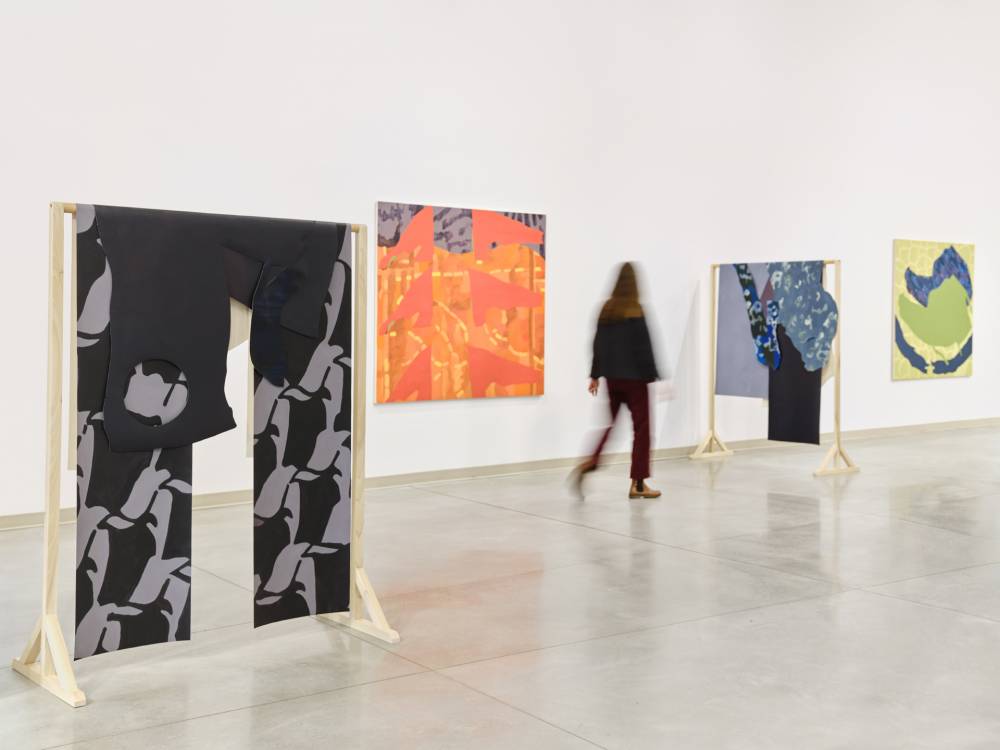
Tuesday, June 25, 2024
|
Iacopo Prinetti
In a recent article for Airmail Magazine, a U.S.-based online lifestyle publication, the artist Laila Gohar presented her formula for hosting the perfect party. It included, in random order: Laillier Blanc des Blancs champagne (“holiday water”), crystal cups (“so wide that almost seem like swimming pools”), cotton-linen tablecloths (“elegant yet not too uptight!”), and mother-of-pearl spoons (“perfect for caviar, but also for ice cream or sorbet”). In Gohar’s opinion, these chiselled details aim to create an atmosphere “relaxed yet considered, easygoing but layered.” I would be lying if I said that I’m not mesmerized by the atmosphere Gohar depicts, flawlessly combining the irony of Madonna’s “Material Girl” with the decadence of the infamously chic NYC restaurant La Cote Basque, which was immortalized by Truman Capote in his unfinished book Answered Prayers. In the current times of growing violence, uncertainties, and genocide, this champagne-filled, oyster-flooded ambience is where I would like to drown.
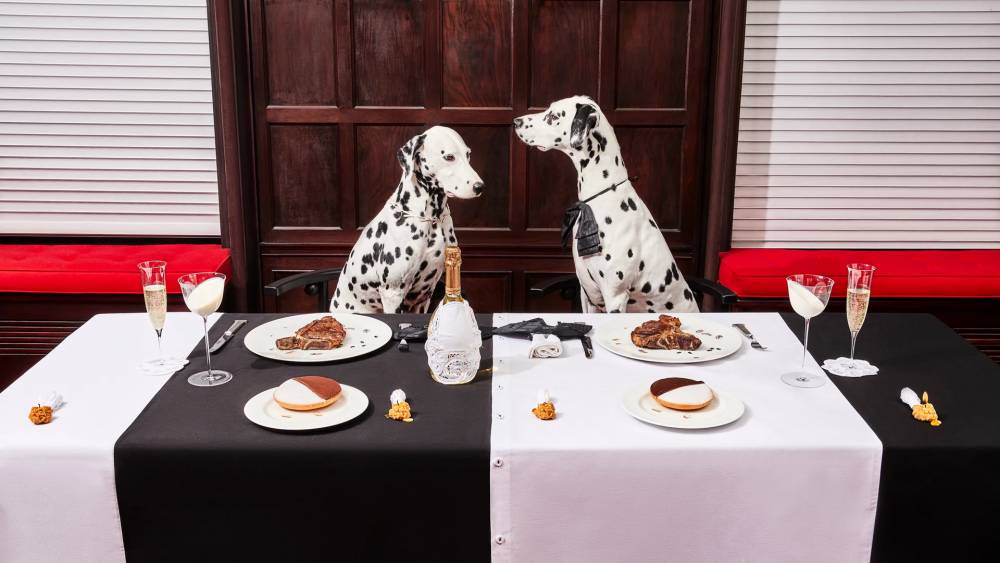
Thursday, June 20, 2024
|
Amy Fung
In response to the Spring Equinox, Public Parking Editorial Resident Amy Fung invited multidisciplinary cultural workers Indu Vashist and Cecilia Berkovic to engage in a mindful and honest conversation on themes of cycles, practice, violence, and endurance to mark this year’s Summer Solstice. Meeting and working in the Toronto arts scene in the 2010s, Berkovic, Fung, and Vashist reflect on the present era of what it means to be alive.

Thursday, June 13, 2024
|
Olajide Salawu
In a new documentary film on his life and politics, Robert Kyagulanyi Ssentamu is in a Toyota SUV when the camera pans closely to his face revealing his lanky form even in his cardigan. His red beret — the veritable and allegorical element of his political struggle — hangs on his knee in the brief foreshadow. Along with other comrades of his political persuasion, they are gearing up for a campaign against one of Africa’s last dictators. Shortly after this scene, Ssentamu asks if his comrades are ready for the outing in solidarity, and a hymn follows. They all chorus their ache of their country’s political hostage and tempest but register their assurance of victory in the end. It is an overture that summarizes the intention of the film: to familiarize the audience with the massive energy Ssentamu has gained from his people. We see him lead an entourage of motorcyclists through a market alley and standing high with his red beret as an unflagging radical raising his fist in struggle. However, we would soon learn that opposition comes at a price; people are seen seeking safety in every corner as sporadic shootings heighten the tempo and pathos of the film. Ssentamu, known as Bobi Wine, his stage moniker as a musician, has become an African symbol of liberationism. And beyond his music, has been in the fierce field of Ugandan politics. In the last decade, Wine’s personhood has edged out as a critic, ideologue, and a credible antagonist of Yoweri Museveni.
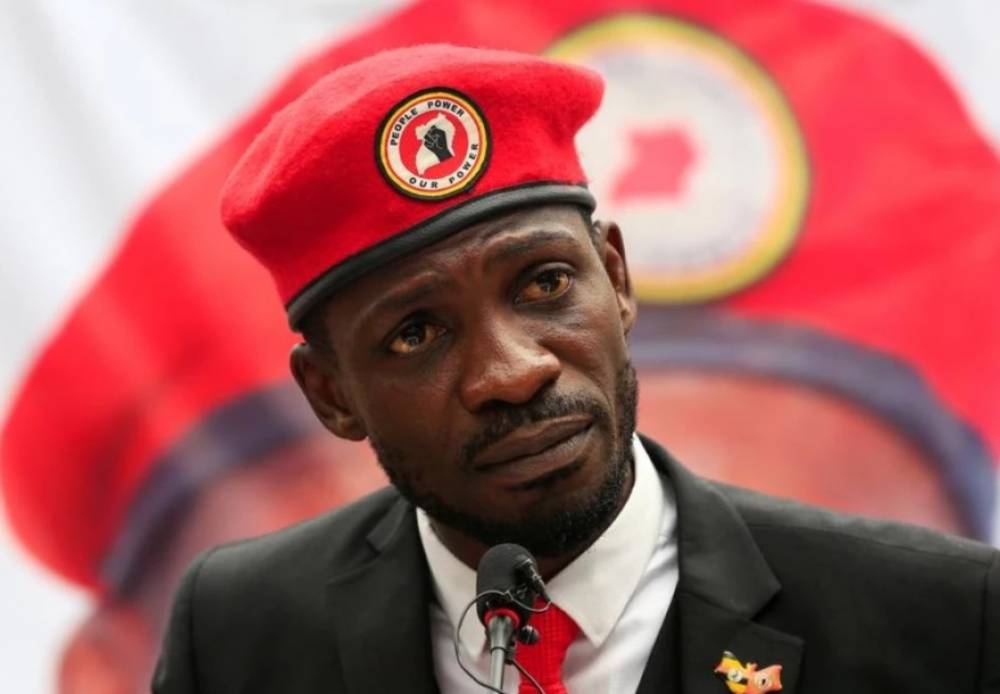
Monday, June 10, 2024
|
Gabrielle Willms
Theo Jean Cuthand’s videos are full of good lines, but there’s no time to dwell on them. They’re delivered without pause, almost matter of factly, in unhurried monologues that span the video’s run time. In 'Extractions' (2019), he describes the terrifying lumber scrap incinerator in Merritt, where he spent four intolerable months as a teen, “like something in a Disney movie symbolizing death and anguish.” Earlier, over footage of a series of explosions in an open pit mine, he notes benignly, “I like to think there are alternatives.” In Less Lethal Fetishes (2019), he uses gas masks to meditate on kink culture and the art world’s toxic relationship with industry. As the video concludes, Cuthand laments the loss of a “simpler time” when he could just appreciate the “horny joy of watching a woman wearing a gas mask while in bondage” and not consider its political implications.
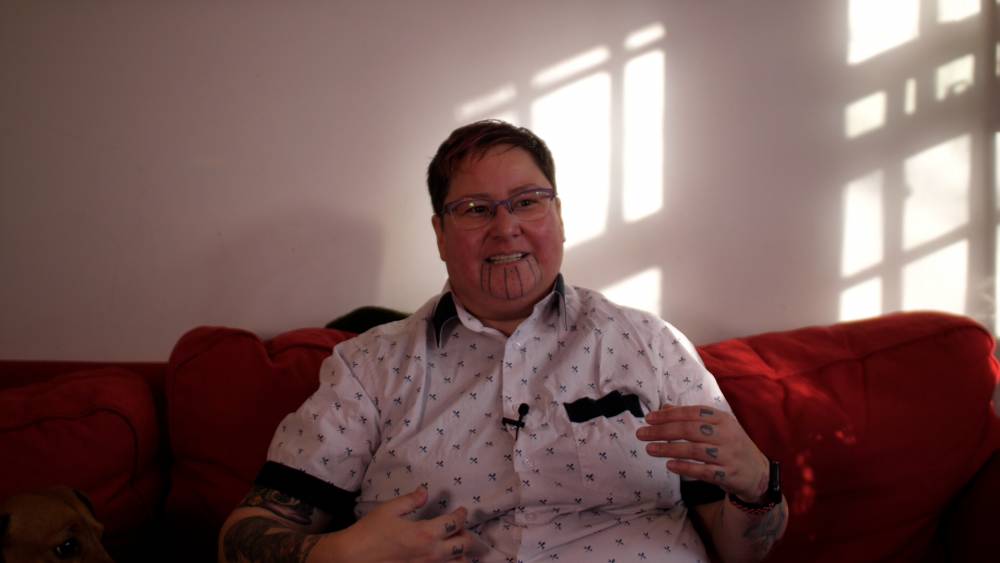
Wednesday, June 5, 2024
|
JiaJia Fei
The intersection of art and fitness is so small that I can only name a handful of artists who deliberately engage with the subject (all of them male, of course). It is a topic that is so rarely discussed in my world–the art world–that it took a global health crisis for me to finally begin to take control of my own health, and to introduce an entirely new vocabulary into my vernacular. Four years later, I now find myself speaking fluently–and passionately–about hypertrophy, isometric movements, and macronutrients. Before I became the person I am today–the person who works out everyday and whose identity is now defined by the fact that she can do 10 pull-ups and deadlift twice her body weight–I never exercised. Though I had been a dedicated cyclist in New York City for the last 15 years, not once did I ever step inside of a gym, nor did I ever pick up a weight. The idea of excelling in sports or fitness was just not a part of my personal brand; I was the creative one, the subversive one, the eccentric, artsy one. Going to the gym was just so mainstream. Plus, I (convinced myself I) didn’t have time.
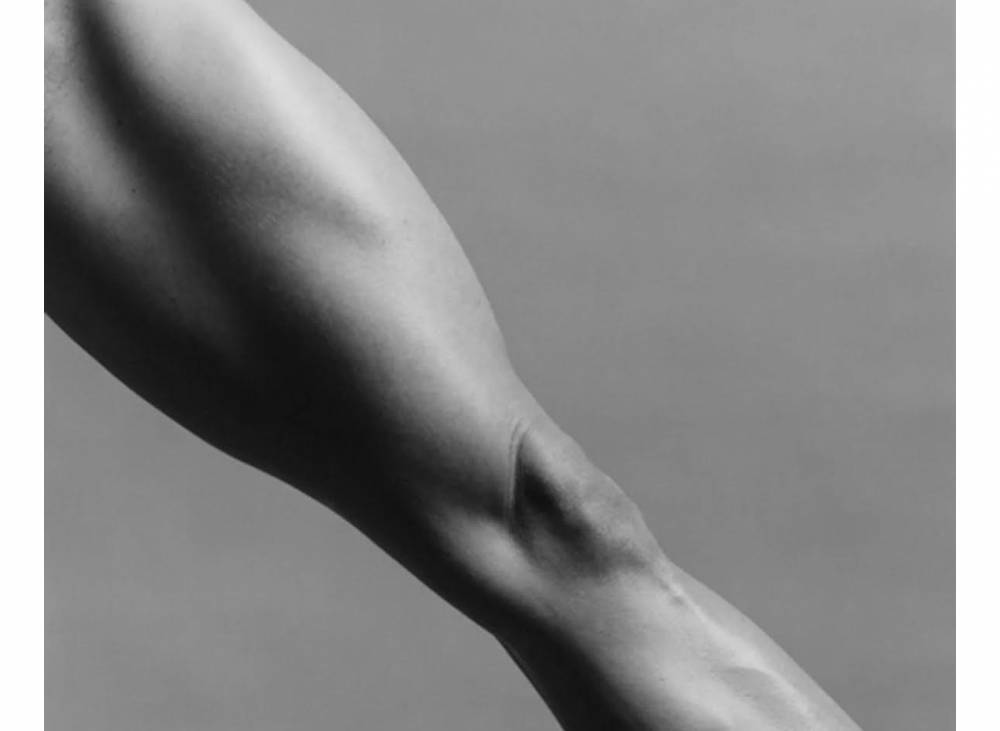
Tuesday, May 28, 2024
|
greta hamilton
The presence of soil in contemporary art can be thought of as continuous with the Earth Art movement of the 1960s and 1970s. Iconic works of this era include Andy Goldsworthy’s stone cairns and cracked clay walls; Michael Heizer’s geologic fissure in the Nevada desert; Walter De Maria’s Earth Room sculptures, in which the artist scattered soil across gallery floors; and Robert Smithson’s mud and basalt jetty in Utah’s Great Salt Lake. What differentiates contemporary uses of soil from these material predecessors, however, is the more recent association of soil with climate change, colonization, and resource scarcity, emphasized by environmental catastrophe.
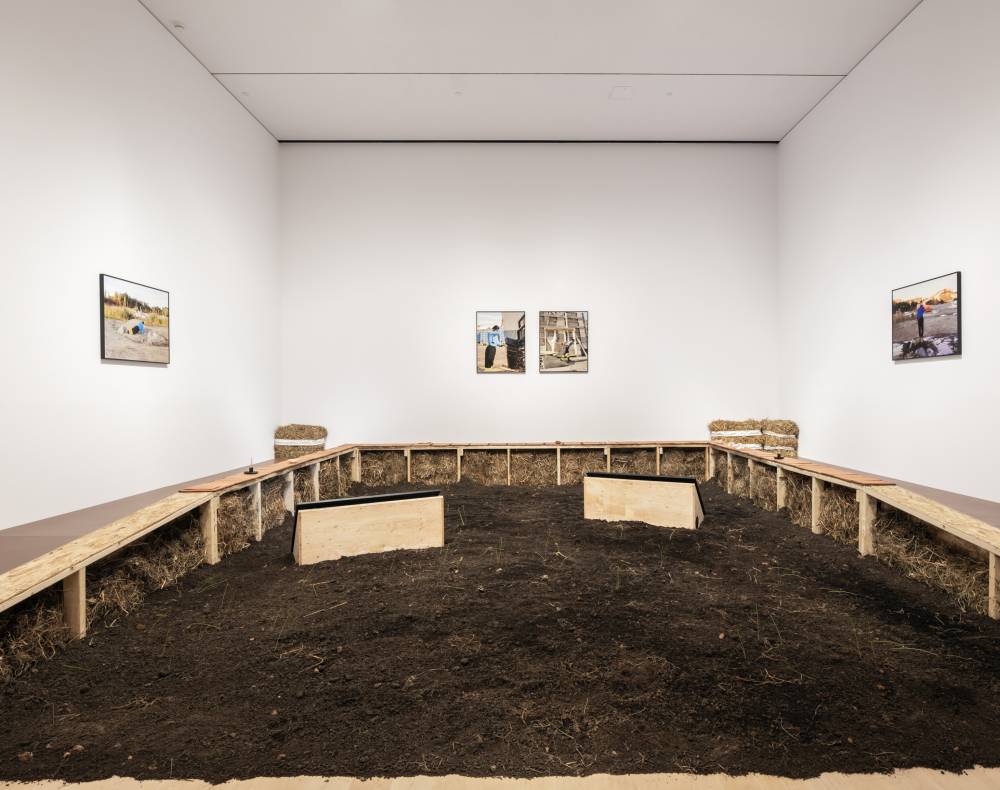
Thursday, May 16, 2024
|
Lauren Fournier
Tazeen Qayyum is a Pakistani-Canadian artist based in Toronto. She was trained in the South Asian and Persian traditions of miniaturist painting before she began the mixed-media practice which she sustains today. During the month of Ramadan, I wanted to speak with her about what it is like to be a practicing Muslim as well as a contemporary artist working in Canada. I was also interested in her experience making work that is conceptually driven and shaped by culture and faith. For example, in her iconic archival ink on paper works, Qayyum repeats a word written in Urdu script to form concentric circles, which the artist inscribes through a repetitive movement that is prayer-like. The artist chooses words stemming from concepts found in her Muslim faith. Words like khayaal (care), sakoon (calm/peace), sabr (patience), zameer (conscience), yaqeen (certainty/belief), and fikr (concern/thought) have featured in her work, as well as more explicitly political words like brabri/bartri (equality/privilege), which the artist made in direct response to the 2020 resurgence of Black Lives Matter.
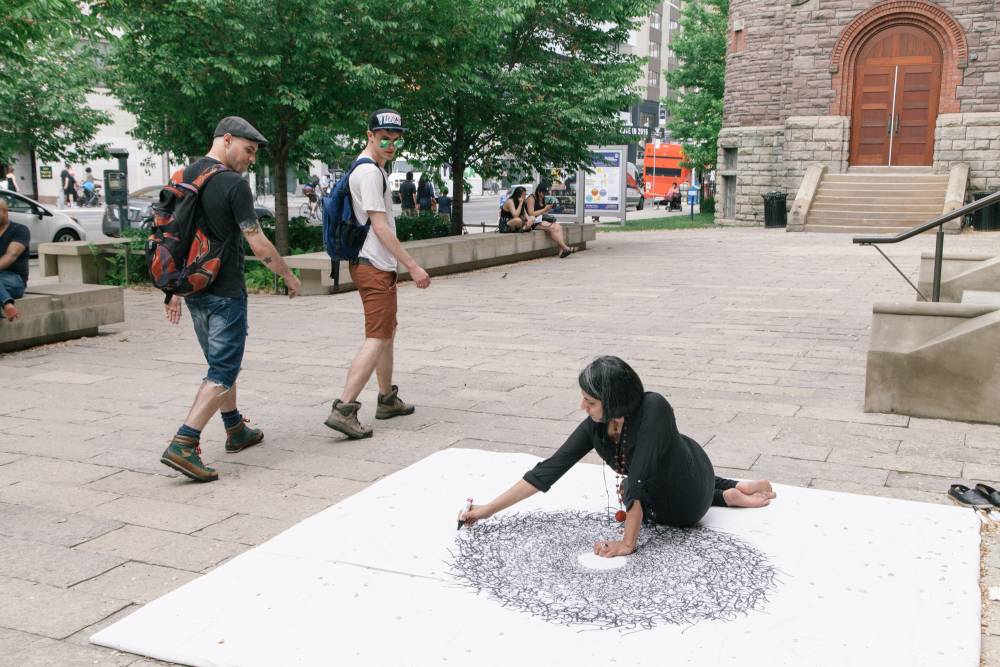
Monday, May 13, 2024
|
Tammer El-Sheikh
I was pleased to hear that the incision would run from one side of my neck to the other, following a natural wrinkle. The original plan was to begin a descending cut under one ear for several inches, then proceed across the neck and back up to the other ear – a “horseshoe incision” that wouldn’t age as well. In any case, I was facing a bilateral neck dissection to remove a large malignant tumor on my thyroid and an unknown but significant number of affected lymph nodes in the area. To my relief, this was a curative operation with a high rate of success and a prognosis for a statistically “normal life,” which, during the first several months post-op, felt anything but normal. My old voice was gone, and I didn’t know what to make of the new one. Although vocal paralysis is a risk in a total thyroidectomy, I had avoided this fate thanks to sophisticated nerve-monitoring gadgetry, but I emerged from the operation with a kind of breathy cookie-monster voice that, two years on, has settled somewhere in the vicinity of a fashionable vocal fry.
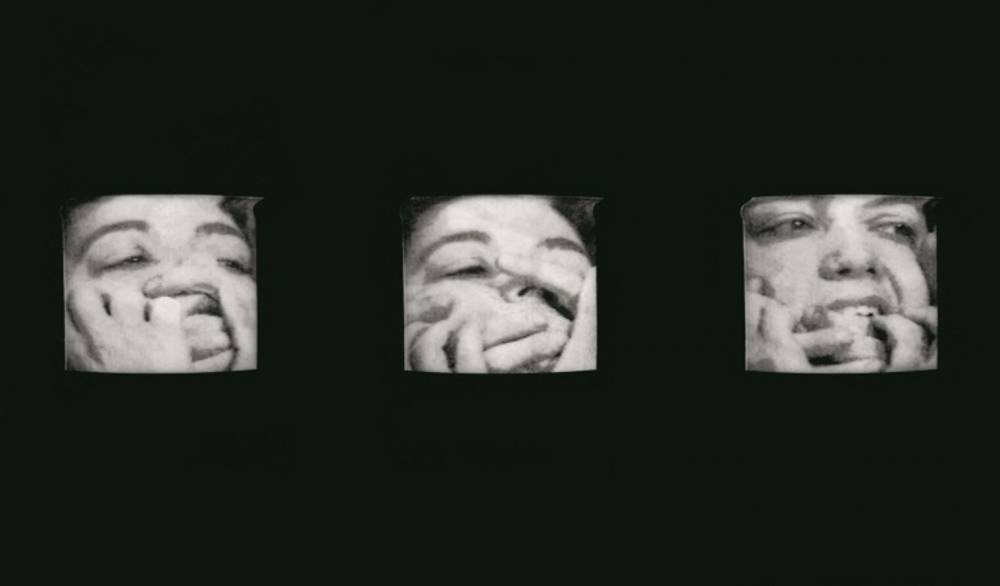
Monday, May 6, 2024
|
Michael Martini
What if grants worked like insurance policies? Artists would buy into them and on the off-chance an opportunity actually struck them the granting body would be obligated to pay out and make the opportunity happen. Insurance, of course, is based on low odds. A payout is a form of surrender: “Fine, you win. Here’s your money.”
The Canada Council for the Arts funded approximately 15% of Creation projects last fall . A heads up about their skeletal wallet would certainly have been helpful to the other 85% of applicants. There’s some commiseration to be done here. The applicants certainly spent hours upon hours over lukewarm coffees amping up their ideas, their CVs, and converting them into PDFs to boot. here is a type of nudity that goes into grant-writing, not just administrative nudity (“here’s how poor I am, colour-coded for your convenience”) but also emotional (“here what I care about, deeply; here’s who I am, deeply; may I please have a cookie now?”). Click here to confirm we can share this with the government however we like. This time around 85% of applicants sent their nudes and got blocked.
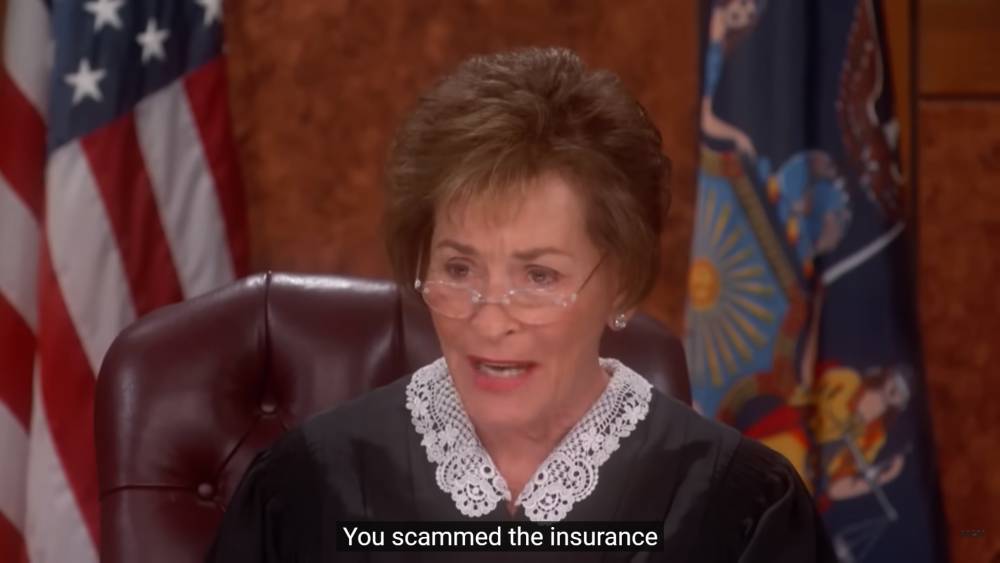
Wednesday, May 1, 2024
|
Ashley Culver
On the second Monday in December, I click the link, open a window, and see myself. Instinctively, I adjust my posture. Anne Low has joined your meeting room. A couple of months earlier, I visited Low’s solo exhibition Bury Me at Franz Kaka on Dupont Street in Toronto. The show featured five works that engage with the domestic and the decorative. Inspired by pre-industrialized cloth samples, Low’s woven textiles are presented in sculptural forms; each work gestures towards the material evidence of housework: cleaning, mending, storing, tending, and washing. An artist-weaver, Low works in sculpture, installation, textiles, and printmaking. After completing her fine art education at the Emily Carr Institute of Art and Design and later, at the Royal College of Art, Low studied at the Marshfield School of Weaving in Vermont in the summer of 2012, a place to which she has often returned.
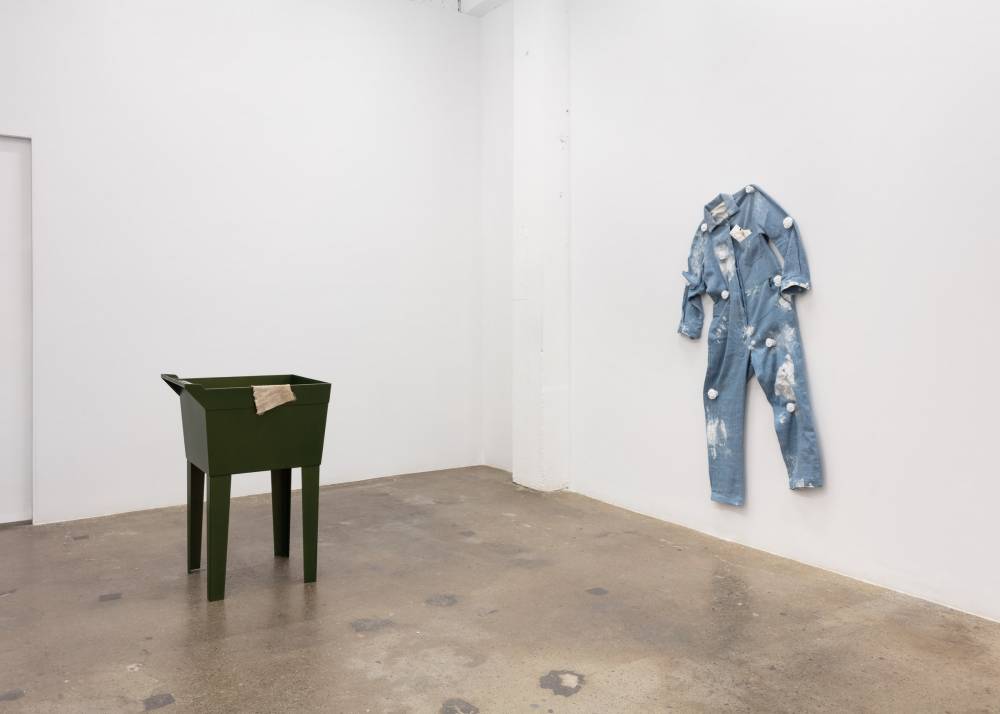
Tuesday, April 23, 2024
|
Shi-An Costello
My work as an artist allows me to make some sense out of my life's material chaos. The process of making art does this for me because, to me, art is the capturing, reordering, and if ultimately successful, the framing of the chaos of life into something worth saving. My artistic creations allow me the opportunity to reframe my additive universe of experiences.
People are endlessly generative, creating more and more material through the entirety of their lives. Be it words, notes, gestures, sounds, or brush strokes. A unique quality of art is that we can create a thing that lasts long past our own brief lives. To find and record the final thing, whatever that thing might be, is to make a frame, literal or figurative, around a small portion of the untamable force of human creation.
